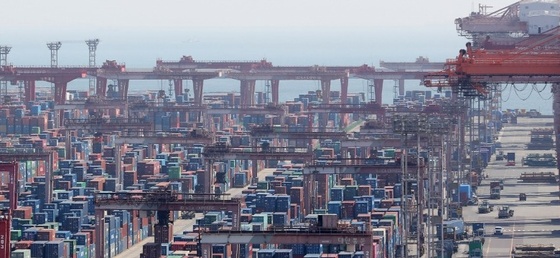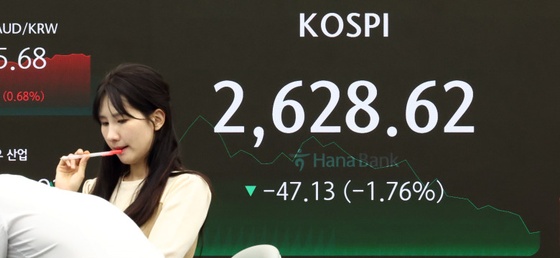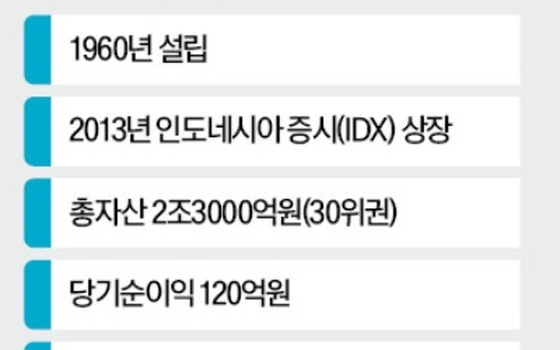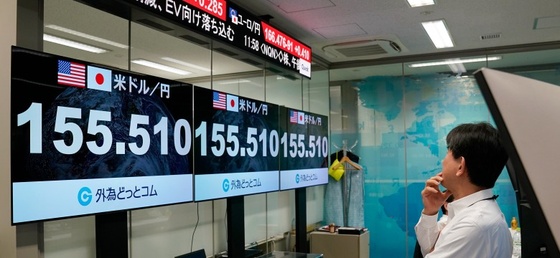[경제노트] (영어로 배우는 국제경제) 'Nonsense on stilts'
departure of Robert Rubin as Treasury secretary, it will not stop talk
about the so called "new paradigm".
This is supposed to allow a combination of economic events previously
regarded as impossible, but which only fuddy duddies now deny.
The new paradigm used to be known with justifiable cynicism as the
Goldilocks scenario.
It has three elements.
First, it is said, the US economy can now be run with a much lower
level of unemployment than before without generating rising inflation.
Second, it is suggested that there has been a pronounced upward
shift in the underlying growth rate.
And third, Wall Street is supposed to soar to ever greater heights.
The first assertion that the US can now be run with a tighter labour
market than previously supposed without inflation taking off is
probably justified.
The second about a higher underlying growth rate is more dubious.
The third about Wall Street"s ability to reach the stratosphere is
nonsense on stilts.
Alan Greenspan, the chairman of the Federal Reserve, has reminded us
how Fed forecasts have chronically overestimated inflation and
underestimated real growth.
Unemployment has fallen to lows normally associated with rising wage
costs and accelerating inflation, according to nearly all models.
Yet wage inflation has never seemed more subdued.
Even this most plausible part of the paradigm can be exaggerated.
For there have been some favourable once for all influences on the
inflation rate, arising from falling commodity and oil prices and a
rising dollar.
These may give a misleading idea about quite how far the sustainable
rate of unemployment has fallen.
According to Goldman Sachs, the recent rise in energy prices will be
sufficient to bring about a blip in the US inflation rate from 1 per
cent to over 3 per cent this quarter, and a more lasting rise to 2 per
cent or more.
Another abnormality is the strength of the investment boom, which has
produced the rare coincidence of a tight labour market and a large
margin of excess capacity. (이하 생략)
= Financial Times 5월 13일자 칼럼
-----------------------------------------------------------------------
< 요약 >
미국 경제의 새로운 패러다임에 대한 월가의 논란이 계속되고 있다.
이 패러다임은 과거에는 모든 사람이 불가능하다고 믿었던 최근의 여러
현상들에 기반을 두고 있다.
첫째 미국 경제가 저실업률은 유지하고 물가상승은 유발하지 않으면서
계속 발전할 수 있으며, 둘째 현재의 고성장률을 앞으로도 유지할 수 있으며,
셋째, 월가의 주가 역시 아무런 제한없이 상승할 수 있다는 가정을 과감하고
제시하고 있다.
이중 미국 경제가 저실업과 저인플레를 유지할 수 있다는 주장은 매우
그럴 듯하다.
현재의 고성장을 장기간 유지할 수 있다는 주장은 다소 미심쩍지만 일단
받아들일 수 있다.
하지만 월가의 폭발장세가 끊임없이 이어질 수 있다는 주장은 한마디로
터무니없는 과장일 뿐이다.
물가안정에 순기능을 발휘한 여러 요소들이 사실상은 원자재 및 유가하락과
달러 강세와 같은 일시적인 현상이었음에도 불구하고 현재의 저실업 상태가
장기간 지속될 수 있을 것이라는 잘못된 믿음이 확산되고 있는 것이다.
골드만삭스는 최근의 유가 상승이 현재 1.5%의 물가상승률을 이번 분기안에
3%까지 높였다가 2.5% 수준에 장기적으로 머무르게 할 잠재력을 가지고
있다고 분석했다.
현재 미국 경제가 경제학의 기본 규칙을 다시 세우고 있다고 믿는 것은
너무나 순진하고도 위험한 발상이다.
-----------------------------------------------------------------------
[ 용어설명 ]
<> 월가(Wall Street)
뉴욕의 브로드웨이에서 이스트 리버에 이르는 지역의 일부로 미국 금융계의
중심지.
증권거래소를 비롯해 어음교환소, 뉴욕연방은행, 시티뱅크, 체이스맨해튼,
모건스탠리 등 초대형 금융 기관들이 집중돼 있다.
흔히 미국 주식시장이나 세계 금융자본의 대명사로 통한다.
< 뉴욕=이학영 특파원 hyrhee@earthlink.net >
( 한 국 경 제 신 문 1999년 5월 20일자 ).
-
기사 스크랩
-
공유
-
프린트
![[한경에세이] 소상공인 지원기관이 될래요](https://img.hankyung.com/photo/202404/07.35991182.3.jpg)
![[다산칼럼] 2024년 주주총회가 남긴 성과와 과제](https://img.hankyung.com/photo/202404/07.34201783.3.jpg)
![[차장 칼럼] GTX가 '교통혁명' 되기 위한 조건](https://img.hankyung.com/photo/202404/07.30302760.3.jpg)











![[오늘의 arte] 독자 리뷰 : 당신의 미술 취향은 무엇인가요](https://timg.hankyung.com/t/560x0/photo/202404/AA.36523699.3.jpg)